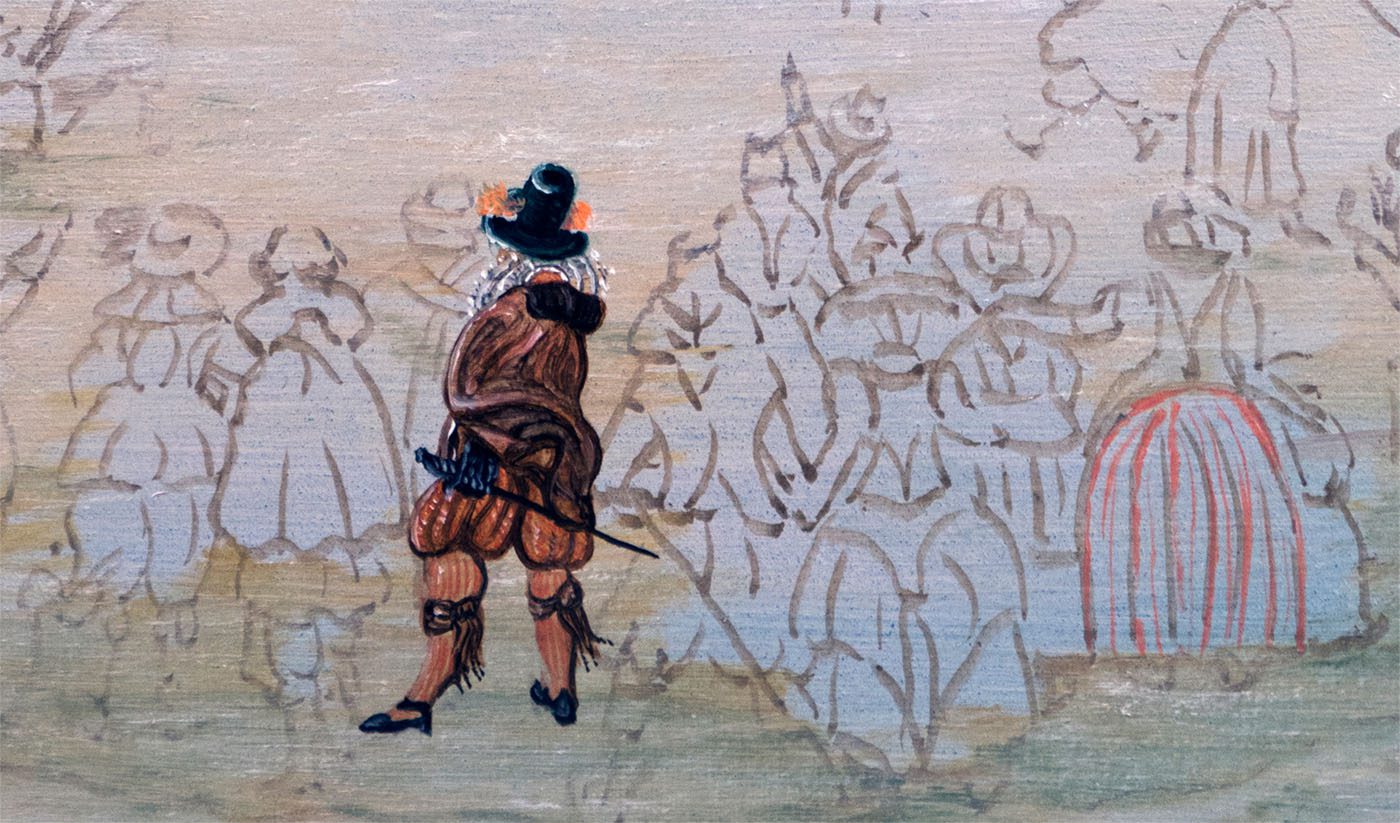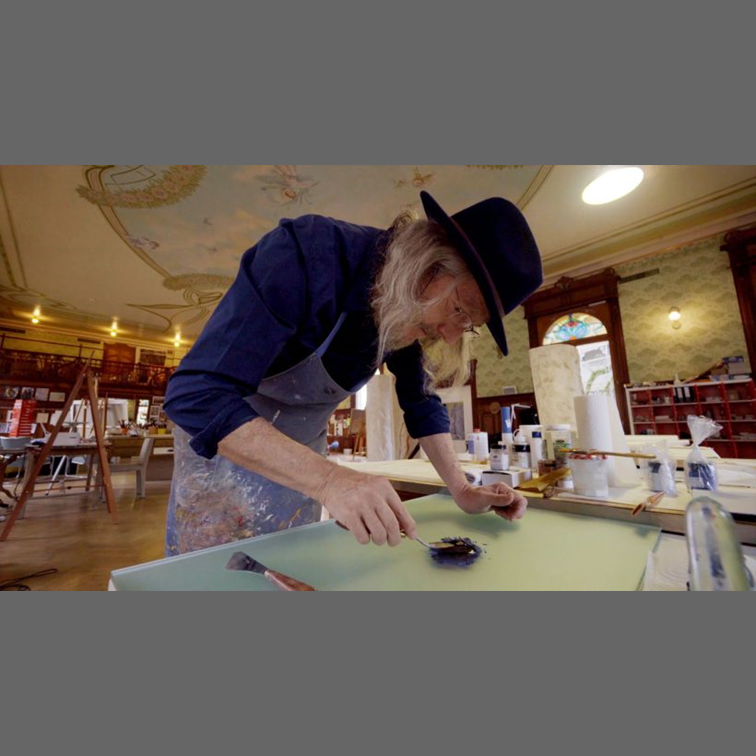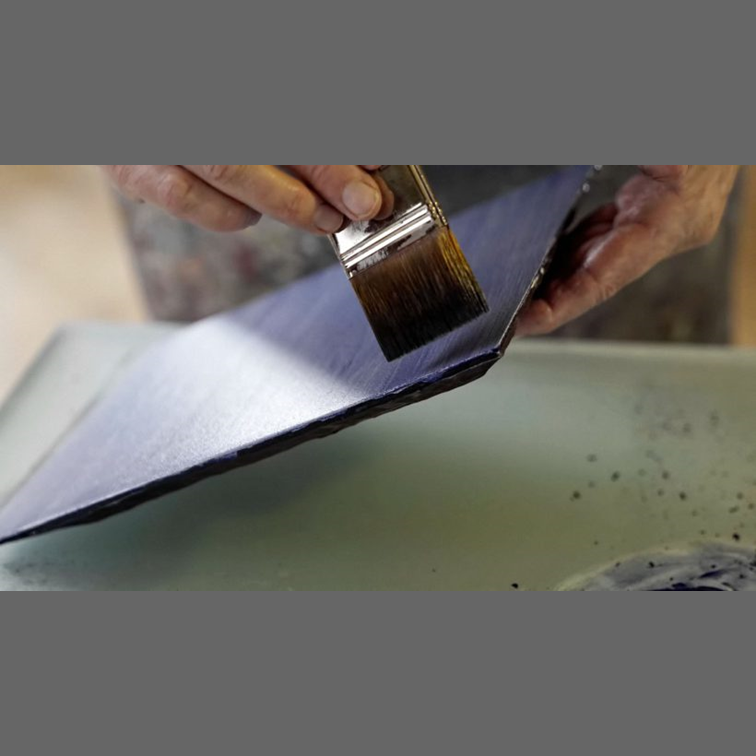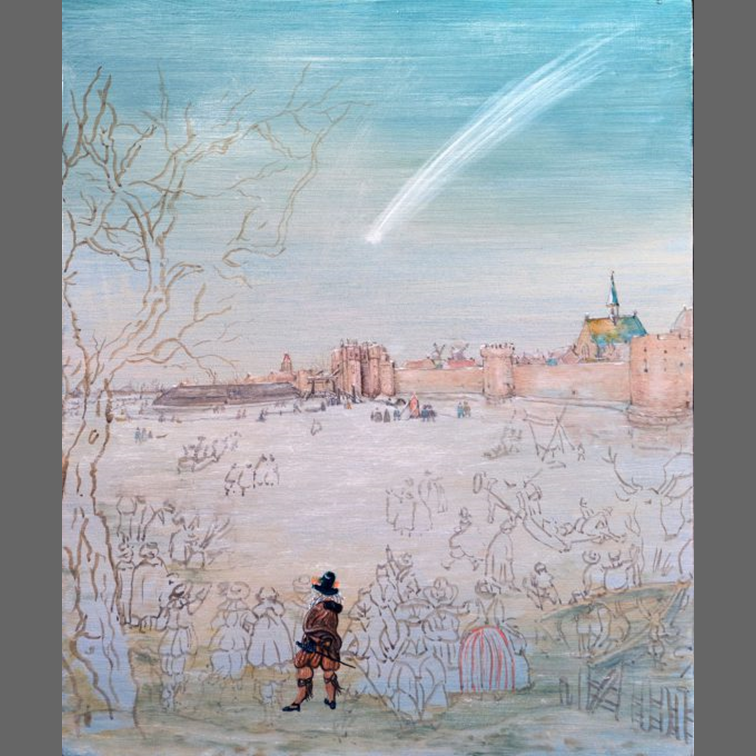Dreary Winter
Little Ice Age
Around 1600
Little Ice Age: Winter delights before the catastrophe
At the end of November 1618, a comet travels for weeks in the sky above the Holy Roman Empire, so large and bright that people can even see it with their naked eyes during the day. Like every major natural phenomenon, they interpret it as a heavenly sign – and it terrifies them. The Gospel of Luke provides confirmation: it is a punishment from God. And indeed, there have already been omens of great disaster. For decades, icy winters, plague and epidemics have been spreading, and a war that will rage for 30 years has just begun.
Starting in the second half of the 16th century, a cold spell—which is to influence the lives of many generations—holds the world in its grip. Temperatures drop by an average of two degrees Celsius, ocean currents change and the weather is capricious with long cold winters, storms and rainy summers. In the Alps, glaciers destroy mountain villages, in Northern Europe the waterways freeze over and cold and rain lead to poor harvests. Europe is stuck in a winter famine, and the situation is soon to be exacerbated by plague and the Thirty Years’ War.
At first, however, the Little Ice Age presents itself from its picturesque side with snow landscapes and winter pleasures, which fascinate artists in the Netherlands in particular. Ice-skaters, ice-fishermen or strollers populate the frozen bodies of water in their paintings and people trudge through the snow. Hendrick Avercamp (1585-1634) is considered the most famous winter painter. “The Mute of Kampen”, as the deaf-mute Dutchman is also known, brings the Little Ice Age to life in his paintings. He fails, however, to document a remarkable event: the comet which appears in the sky during Advent 1618 and which people interpret according to the Gospel of Luke as an omen of one of the cruelest punishments: hunger, misery and the Thirty Years’ War.

From idea to painting
Wolfgang Beltracchi is painting the great comet C/1618 W1, which appeared in November 1618 over Europe, using the artistic voice of Hendrick Avercamp. The harsh economic and political reality of the early 17th century don’t appear anywhere in Avercamp’s body of work. Wolfgang Beltracchi now symbolizes these severe conditions with the “cruel comet” as a bad omen. The people on the ice pause to look up at the eerie sign.
What people at that time believed to be God’s punishment is still relevant today. Climate change upset the world and forced people to find new social and economic solutions in their struggle for survival, which continues to the present day: long-distance trade, which furthered prosperity, developed as did our secular world. Mathematicians’ and astronomers’ increasing knowledge, changes in agricultural cultivation methods, the expansion of trade routes and the conquest of the world promoted the emergence of early Enlightenment thinking. While research and teaching used to be reserved primarily for monks, scientists from the urban bourgeoisie now increasingly also claimed their right to scholarly discussions.

For “The Cruel Comet” Beltracchi appropriates Hendrick Avercamp’s painting style. The artist used a primer consisting of several layers of thinly applied smalt. Smalt is a pigment created using pulverized, cobalt glass.


The Little Ice Age
Diese besondere Art der Landschaftsmalerei zeugt von der Faszination der Maler für die eisige Natur und die Anpassung der Menschen an ihr Umfeld. Hendrick Avercamp gilt als berühmtester Wintermaler. This special kind of landscape painting testifies to the painters’ fascination for the icy environment surrounding them and peoples’ ability to adapt to their environment. Hendrick Avercamp is considered to be the most famous winter painter. tudio.
1. Dutch
Even though temperatures are falling in Europe and around the world, the first winter landscapes were created in the Netherlands, where landscape painting has a strong tradition. In 1565 Pieter Bruegel paints “The Hunters in the Snow”—the first snow-covered landscape painting in oil.
2. Folkloric
The pictures from the Little Ice Age portray the everyday life of the population. Rich and poor, young and old— they all share the space in the painting, the landscape, worries and joys of winter.
3. Nuanced
The painters masterfully capture the finest nuances and colors of snow, ice and sky in their paintings. Yellow, light blue, pink, grey and white—there is no limit to the glazes’ hues.
4. Joy and suffering
The suffering and joy experienced during winter are often portrayed side by side in the paintings. In Bruegel’s “The Hunters in the Snow”, hunters and dogs return to the village having only caught a single, skinny fox, a family burns their furniture—but in the background people are skating. In Avercamp’s works, tragic scenes can also be seen at second glance, such as the couple that have broken through the ice in “Ice Scene”.
5. Short phase
Starting in 1660, production of the winter pictures slowed down, although the temperatures hasn’t risen significantly. The precarious economic situation at the time paralyzed demand.
Eras of art in the KAIROS project
Medieval art
Early Netherlandish painting
Italian Renaissance
Mannerism
Early Baroque
Rokoko